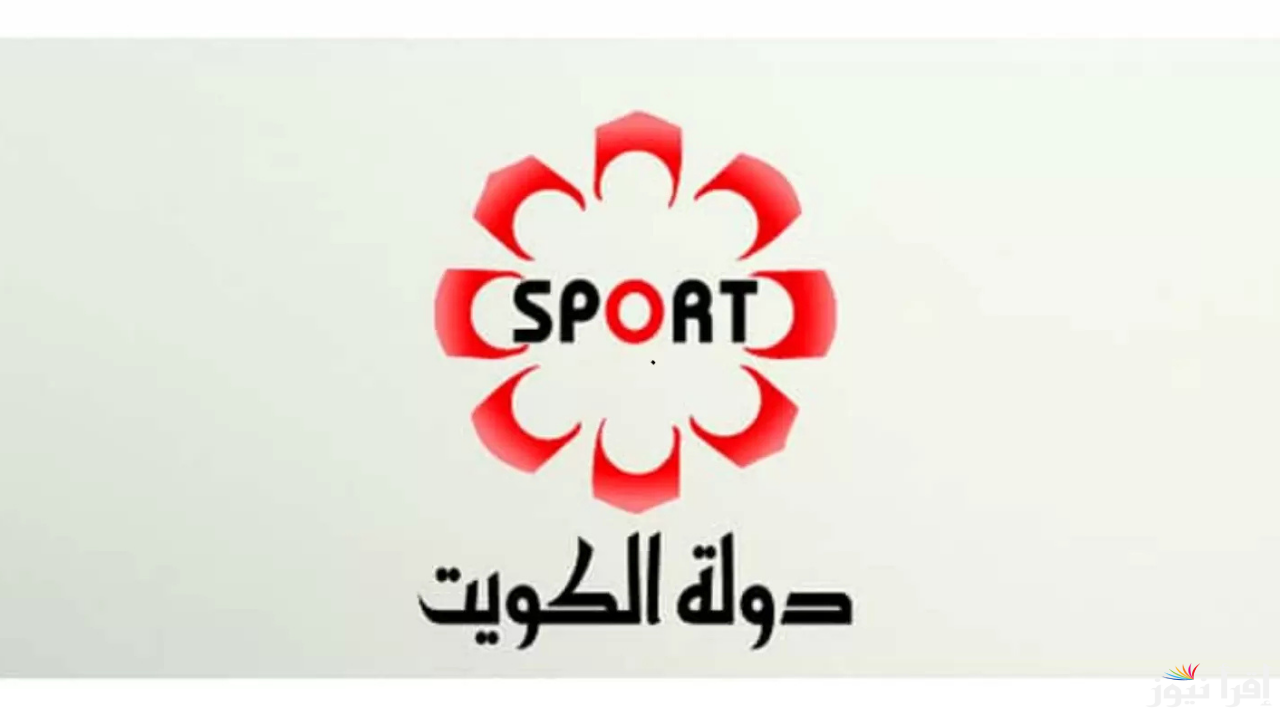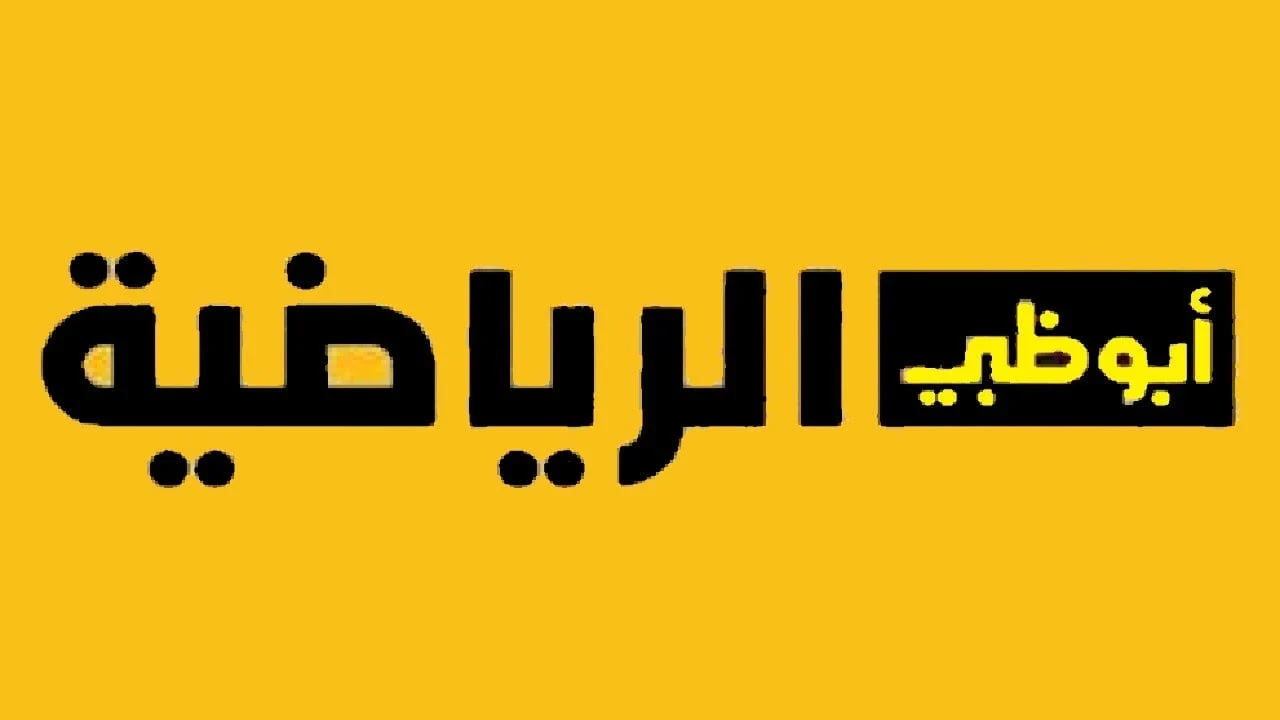GOL Play: Tuning into the Heart of Football with Satellite Frequencies ⚽️

GOL Play, a flagship channel of Mediapro, has become synonymous with the pulse of Spanish football since its inception in 2012. Broadcasting from the heart of Spain, it delivers electrifying coverage of LaLiga, Copa del Rey, and select international tournaments, capturing the drama of clubs like Real Madrid, FC Barcelona, and Sevilla FC.
With its free-to-air (FTA) model for standard definition (SD) feeds and premium high-definition (HD) options, GOL Play caters to a diverse audience, from urban fans to rural households and expatriates across Europe and Latin America. Its blend of live matches, expert commentary, and vibrant studio shows makes it a cornerstone of sports culture.
In an era dominated by streaming platforms, orbiter transmission remains a vital lifeline for GOL Play, ensuring uninterrupted entry in regions with limited internet infrastructure. As of October 2025, the channel primarily beams from Astra at 19.2° East, Europe’s leading orbiter position, with supplementary feeds on Hispasat at 30° West for transatlantic viewers. This article offers a definitive guide to GOL Play’s orbiter frequencies, diving into technical details, setup tips, historical context, and the channel’s cultural impact. With LaLiga’s 2025–26 season delivering over 380 matches, precise tuning unlocks every goal, save, and celebration for fans worldwide. ⚽
The Mechanics of Satellite Broadcasting: Unlocking GOL Play
Satellite TV operates by transmitting signals from ground stations to geostationary orbiters, which relay them to decoders via Ku-band frequencies (10.7–12.75 GHz). GOL Play’s transponders—signal repeaters—multiplex multiple streams, balancing resolution and bandwidth. Key parameters include:
-
Frequency (MHz): The exact radio stream, e.g., 11126 MHz.
-
Polarization: Vertical (V) or Horizontal (H) orientation.
-
Symbol Rate (ksps): Data speed, typically 22000–27500 ksps.
-
FEC (Forward Error Correction): Ratios like 5/6 for signal strongness.
-
Modulation: QPSK for broad compatibility or 8PSK for HD efficiency.
GOL Play’s FTA status for SD feeds democratizes entry, while HD streams use Nagravision encryption for premium subscribers. In 2025, data reduction advancements like MPEG-4 ensure SD clarity at 2–3 Mbps, freeing transponder space for multi-match coverage. Proper dish alignment (60–100 cm) and modern satellite format decoders are crucial to avoid signal drops during tense moments like penalty shootouts.
Primary Satellite: Astra 19.2° East – The Epicenter of GOL Play
Astra 19.2° East, managed by SES, is GOL Play’s primary hub, delivering strong signals across Spain, Portugal, France, and beyond. With EIRP levels of 50–52 dBW, it supports seamless reception even in adverse weather, making it perfect for LaLiga’s high-stakes fixtures. Since Mediapro’s 2018 shift from Hispasat, Astra has solidified its role, integrating GOL Play into Spain’s digital terrestrial television (DTT) and orbiter ecosystems.
GOL Play Frequencies on Astra (October 2025)
|
Channel Variant |
Frequency (MHz) |
Polarization |
Symbol Rate (ksps) |
FEC |
Modulation |
Video PID |
Audio PID |
Notes |
|---|---|---|---|---|---|---|---|---|
|
GOL Play SD (FTA) |
11126 |
H |
22000 |
5/6 |
QPSK |
501 |
601 (Spanish) |
Main LaLiga feed; 3.2 Mbps; unencrypted |
|
GOL Play HD |
11126 |
H |
22000 |
5/6 |
QPSK |
1501 |
1601 (Spanish/English) |
Premium encrypted; 5.5 Mbps; Copa del Rey focus |
|
GOL Play Extra SD |
11258 |
V |
27500 |
3/4 |
8PSK |
701 |
801 (Spanish) |
Overflow for simultaneous matches; occasional FTA |
Setup Essentials:
-
Dish Size: 60 cm in central Spain; 80–100 cm in the UK or North Africa.
-
Alignment: Azimuth ~142° in Madrid, ~162° in Paris; elevation 30–40°.
-
Equipment: satellite format tuner (e.g., Vu+ Solo); universal LNB (9750/10600 MHz).
-
Signal Target: 12–15 dB C/N for stable visuals, especially for SD’s crisp delivery.
The 11126 H transponder is GOL Play’s backbone, signal sharing SD and HD feeds with active bitrate adjustments for live action. In 2025, this slot powered record viewership during Barcelona vs. Real Madrid, hitting 1.5 million households. The Extra feed on 11258 V activates during crowded matchdays, ensuring no game goes unseen.
Secondary Satellites: Extending GOL Play’s Global Reach
While Astra dominates, GOL Play maintains a presence on additional orbiters to serve Latin America and niche European markets, reflecting LaLiga’s universal appeal.
Hispasat 30° West: A Transatlantic Lifeline
Hispasat at 30° West, Spain’s legacy orbiter, supports GOL Play’s Latin American audience, where stars like Vinícius Júnior ignite passion. After the 2018 Astra migration, Hispasat focuses on local feeds, offering SD for availability and occasional HD trials.
|
Channel Variant |
Frequency (MHz) |
Polarization |
Symbol Rate (ksps) |
FEC |
Modulation |
Notes |
|---|---|---|---|---|---|---|
|
GOL Play LatAm SD |
10730 |
H |
27500 |
5/6 |
QPSK |
FTA; Spanish/Portuguese audio; 3 Mbps |
|
GOL Play HD Americas |
12380 |
V |
27500 |
3/4 |
8PSK |
Encrypted; weekend specials; 5.8 Mbps |
Reception Notes: A 90 cm dish in Mexico or 120 cm in Brazil (azimuth ~180°) captures Hispasat’s 48 dBW beam. These feeds fuel sports bars, with FTA SD ensuring wide reach in rural areas.
Eutelsat Satellites: Niche and Overflow Support ️
Eutelsat’s fleet, including 7° West and 5° West, provides sporadic GOL Play feeds for North Africa and Eastern Europe. These are less frequent but vital for bars and event coverage.
|
Satellite/Position |
Channel Variant |
Frequency (MHz) |
Polarization |
Symbol Rate (ksps) |
FEC |
Notes |
|---|---|---|---|---|---|---|
|
Eutelsat 7W A (7°W) |
GOL Play Extra |
11278 |
H |
30000 |
3/4 |
SD highlights; FTA tests; North African focus |
|
Eutelsat 5W B (5°W) |
GOL Play Bar |
11096 |
V |
27500 |
7/8 |
Encrypted; bar-optimized; 3 Mbps |
Setup: Eutelsat’s weaker 45 dBW signals need 80–100 cm dishes. Check for transponder shifts during major tournaments.
Amazonas at 61° West: Latin American Extension
Amazonas supports Brazil-centric feeds, mirroring Hispasat with frequencies like 11278 H (SR 30000, FEC 3/4). These cater to LaLiga’s growing South American base, though Astra remains the primary hub.
Historical Context: GOL Play’s Satellite Evolution
GOL Play launched on Hispasat 30W-4 in 2012, leveraging Mediapro’s LaLiga rights to reach 700,000 viewers. The 2018 Astra shift boosted availability, aligning with Spain’s DTT expansion. By 2025, GOL Play’s €1 billion rights commitment through 2027 fuels enhancements like 8PSK encoding on 11258 V, preparing for potential 4K trials in 2026. This journey reflects a strategic pivot toward efficiency and global outreach.
Optimizing Your Viewing Experience: Tips and Tricks
Satellite viewing demands precision. Common issues include:
-
Alignment Errors: Mispointing drops signal by 50%; use apps for 19.2°E lock.
-
Interference: Urban 5G can disrupt; elevate dishes above rooftops.
-
Equipment: Upgrade to satellite format decoders for 8PSK; ensure Nagravision for HD.
Global Hacks:
-
UK/Ireland: 80 cm dish; pair with DTT for hybrid entry.
-
Latin America: Hispasat with local decoders; FTA SD for budget setups.
-
Eco Tip: Low-power LNBs cut energy use by 15%.
Weekly searchs catch frequency tweaks, especially during season openers.
Cultural Impact: GOL Play’s Role in Football’s Soul ⚽
GOL Play transcends transmission, uniting 2.3 million households in 2025 and driving a 20% ad revenue spike. From Granada’s taverns to São Paulo’s fan zones, it fosters community, spotlighting rising stars and women’s football. Its FTA ethos ensures inclusivity, bridging digital divides.
Looking ahead, 2026 promises AR overlays and eco-friendly orbiters, cementing GOL Play’s legacy as LaLiga’s heartbeat.
Conclusion
GOL Play’s frequencies—from Astra’s 11126 H to Hispasat’s 10730 H—are your passport to football’s magic. With a tuned dish and passion in your heart, every match becomes a front-row experience. Scan the skies, cheer your team, and let GOL Play ignite your fandom!




